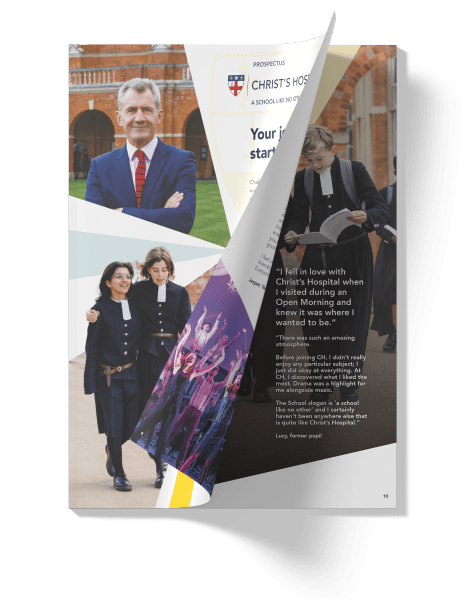Dr Henry Edward Armstrong became an Almoner of Christ’s Hospital. He pioneered the approach to teaching science, calling it the heuristic method of instruction, whereby if a student is placed in the position of a “discoverer” (an active participator), he or she would learn much more than being merely told about things. His methods have influenced science education ever since.
Dr Armstrong secured the appointment of Charles E Brown, who introduced Armstrong’s heuristic methods of instruction to the students at CH and established the subject as an integral part of the curriculum.
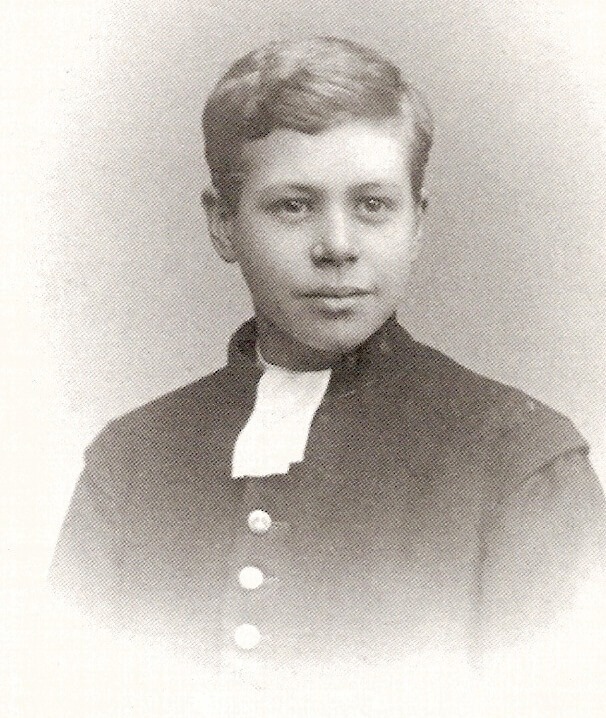
Sir Barnes Wallis was one of the first students to benefit from the new syllabus at CH. He reported that his teacher (Browne) “did not teach science in the sense usually attached to the word; he used science to teach us to think, to reveal to us the powers we ourselves possessed.” Sir Barnes Wallis became a renowned scientist, famously developing the ‘bouncing bomb’.
Dr Armstrong greatly influenced the design of the Science School building at CH, Horsham. The existence of such well-equipped laboratories and facilities was unique at that time for a school in the UK.
Dr Armstrong’s pioneering heuristic method of instruction was implemented extensively throughout British schools.
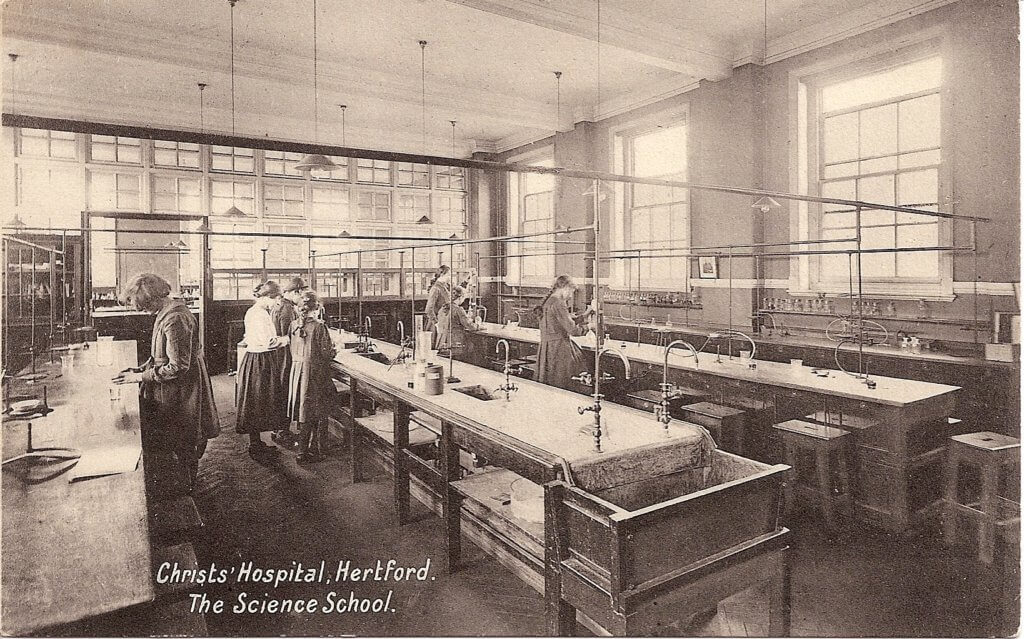
In most girls’ schools science didn’t feature until the 1950s. Armstrong, however, strongly supported the education of girls, and was responsible for a dedicated science block and the provision of science laboratories at Hertford for CH girls.
A New Science School was constructed at CH in response to increasing take-up of the subject.
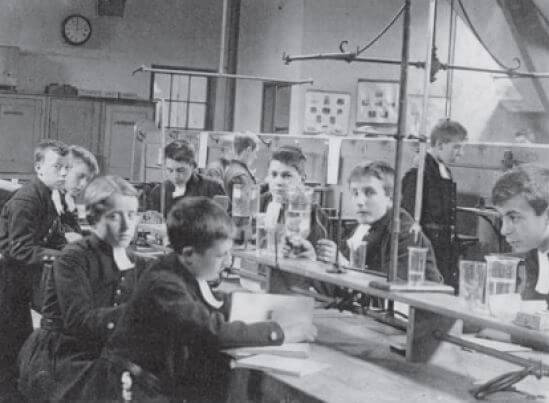
Dr Gordon Van Praagh joined the staff at CH (1933-1964). He reinvented Armstrong’s heuristic techniques and influenced science teaching across the world through his work at CH.
Van Praagh became a leading figure of the Nuffield Science Teaching Project, which, by the 1960s, modernised and dominated science education, while maintaining a commitment to teaching for understanding through hands-on practical work. Van Praagh conceived the CH Science Journal to encourage CH scientists to communicate their research in good English. The authors of many articles later had distinguished careers in the field.
CH followed Nuffield courses in Chemistry, Physics and Biology with teachers Dr Roger Hackett and Glynn James influencing the revision of Nuffield publications, while the Nuffield Science Teaching Project gave rise to new ideas in Britain and the Commonwealth. The Salter’s Livery Company awarded Glynn James with the prestigious Salters’ Prize for the teaching of Chemistry.
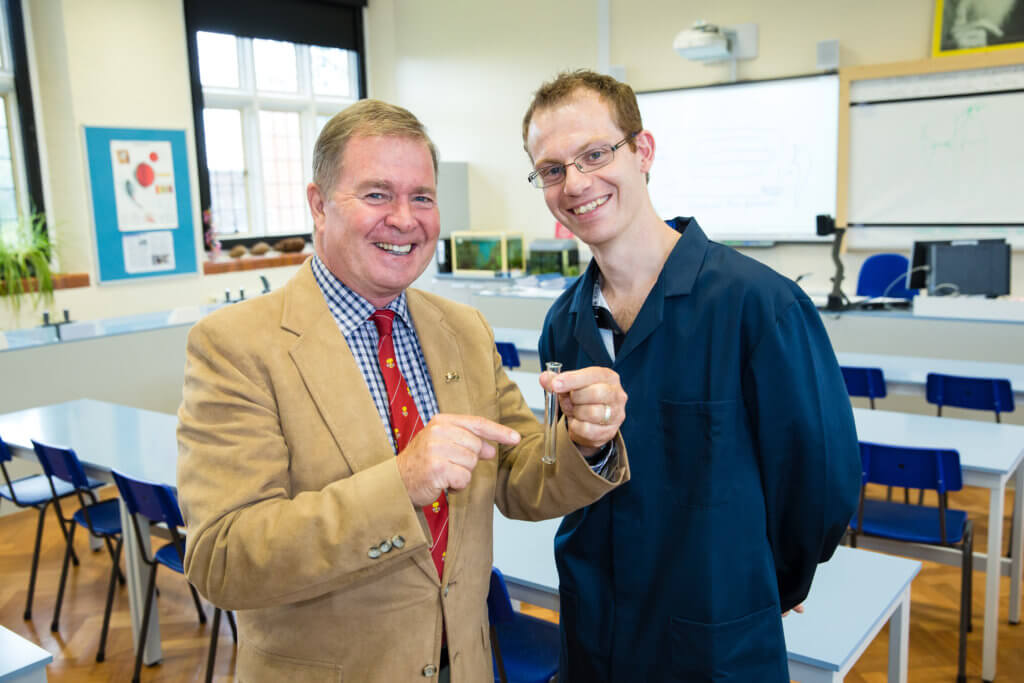
Thanks to the support of Old Blue, Chris Bugge, a four-year project to refurbish and modernise eight science laboratories at CH was undertaken. Mr Bugge said: “I feel secure in the thought the students at CH will find this a truly inspirational place to learn Science. When I was at CH, I was taught science by teachers who believed in ‘the heuristic method’, first used by Armstrong and Brown over a hundred years ago. They were insistent that you had to perform practical experiments and learn through observation and discovery, rather than just looking at a blackboard and learning by rote. We learnt how to write up experiments exactly how they happened, and the conclusions had to draw nothing more than the data allowed. I still have all my old Chemistry and Physics notebooks which vividly bring back to life these experiments when I read them now.”




